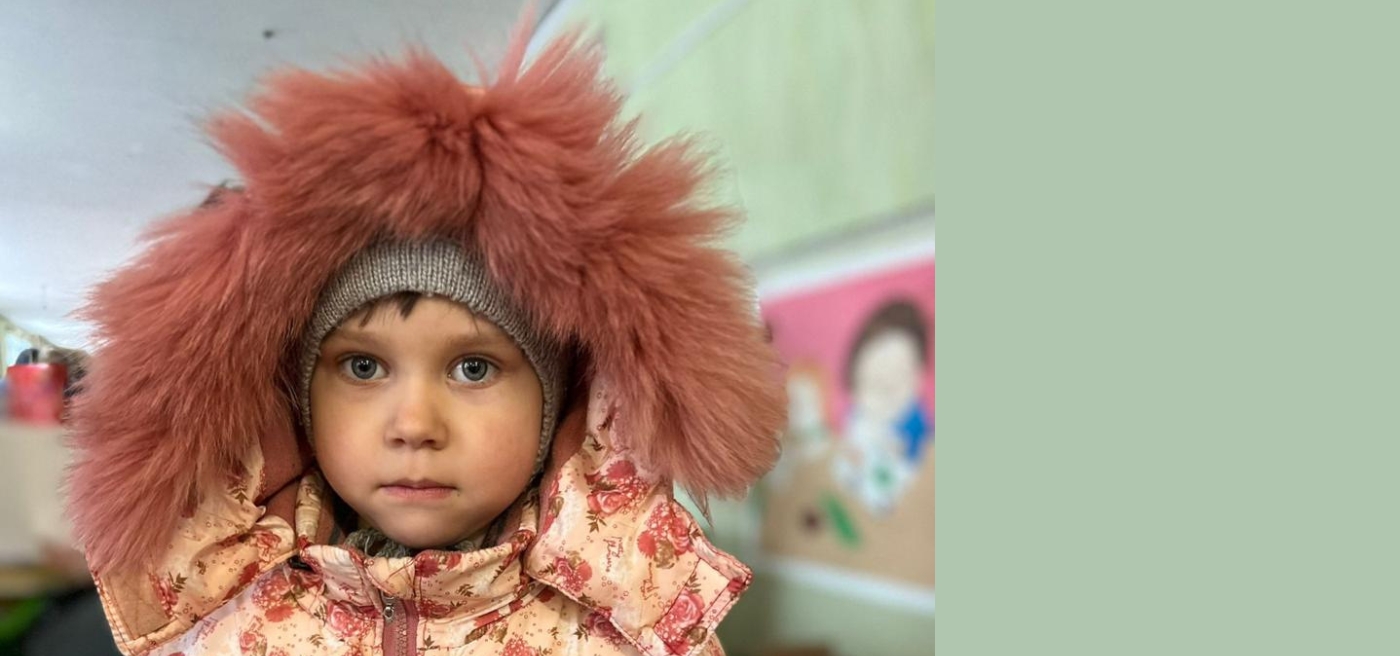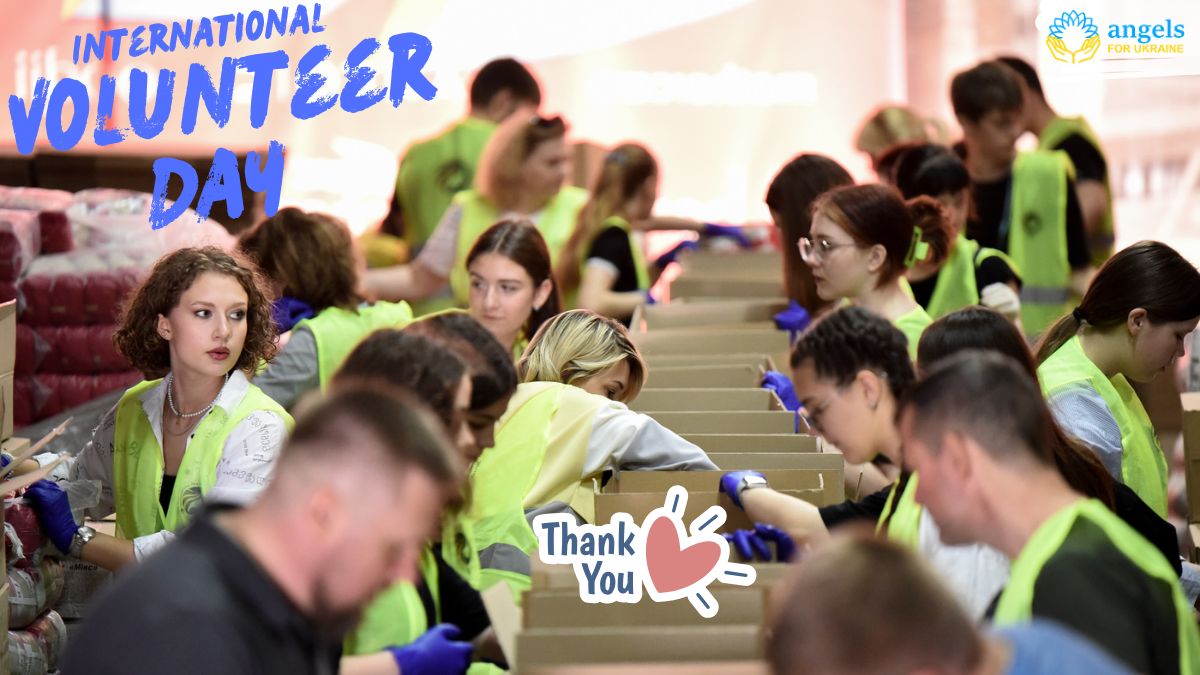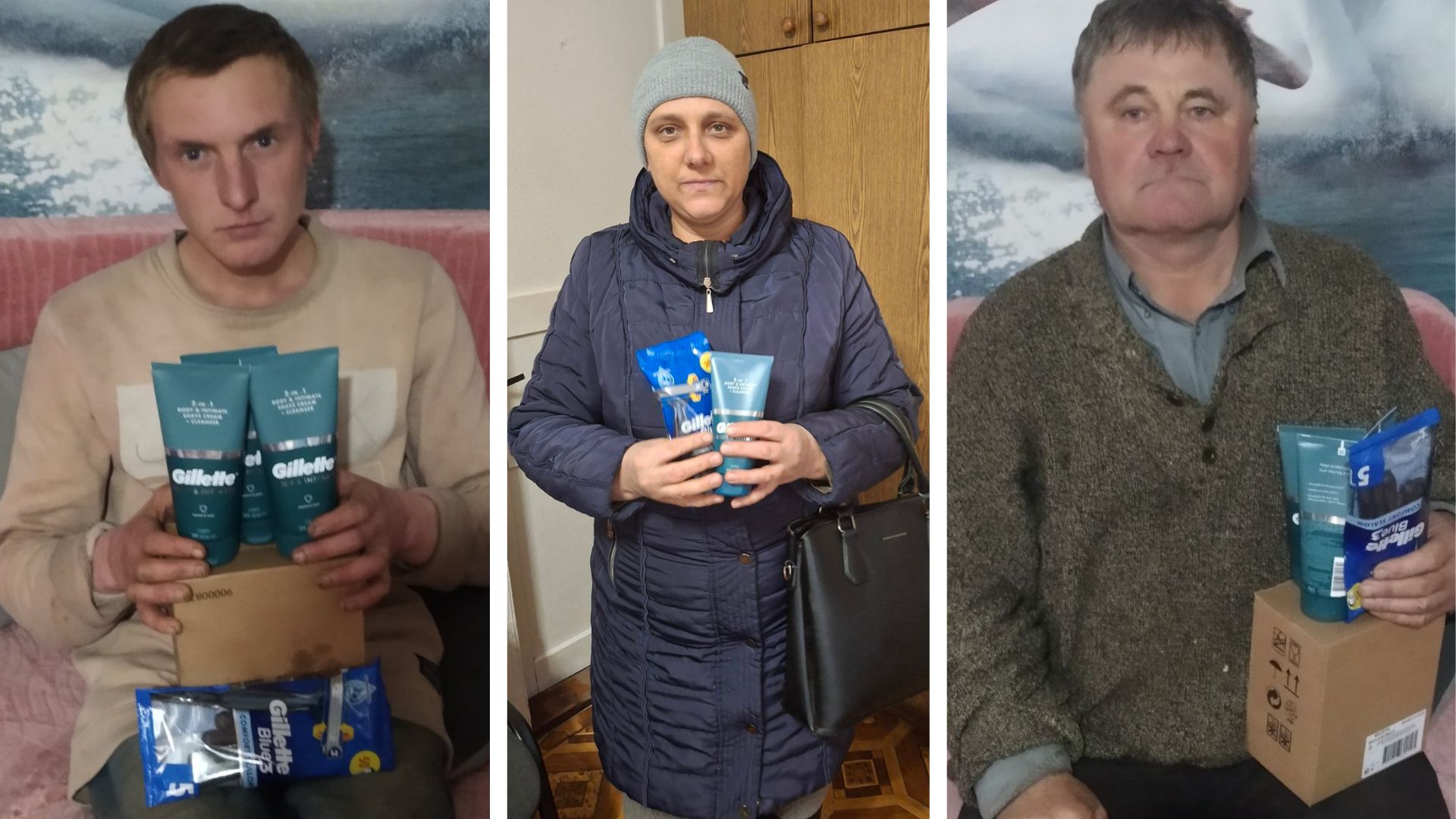On this International Volunteer Day, we are proud to share that Angels for Ukraine has received a special Gratitude Award from the Mayor of Oster City, Leonid Myslyvets. This recognition celebrates the unwavering dedication and compassion of our volunteers, who continue to bring hope and support to those in need during these challenging times.
Read MoreOur Projects
Our four flagship projects for which we are looking financial support

Sustainable Access to Drinking Water
The Sustainable Access to Drinking Water project focuses on enhancing water infrastructure in southern and eastern Ukrainian oblasts through strategic water purification system installations.
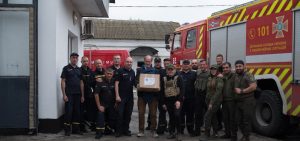
Aid to emergency workers near the frontline
Supplying families of emergency workers with food boxes reduces their financial and emotional strain during emergencies. And preserves their mental and physical health.
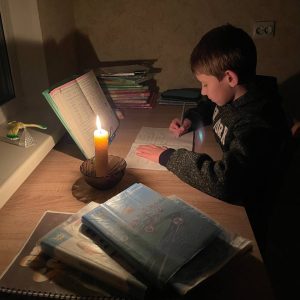
Blackout Study Kits
The unpredictability and duration of blackouts in Ukraine have created significant challenges for the education system, requiring schools and students to adapt quickly to power supply disruptions.

First Aid for Civilians Under Fire
Massive hemorrhage, Airway, Respirations, Circulation, and Hypothermia or Head trauma (MARCH) is the acronym taken from the Tactical Combat Casualty Care (TCCC) Handbook.
Help us to support more people
Our Latest News
We are happy to share the latest news from our activities in supporting people of Ukraine
Today, on International Volunteer Day, we pause to recognize the incredible power of compassion and solidarity. Volunteers are the heartbeat of every humanitarian mission, and for Angels for Ukraine, they are the reason hope continues to shine even in the darkest times.
Read MoreWe continue to distribute hygiene items in the most war-affected regions of Ukraine. Recently, Angels for Ukraine organized a distribution of essential shaving items to vulnerable groups in Novhorod-Siverskyi, a town in Chernihivska Oblast, wounded by the ongoing aggression against our country.
Read More
